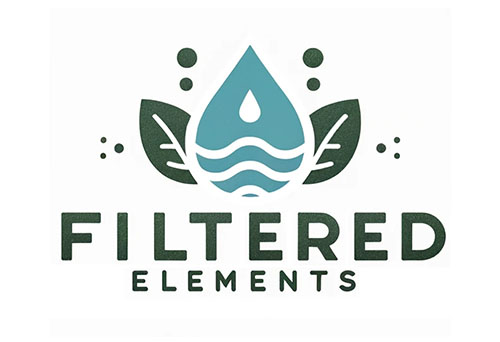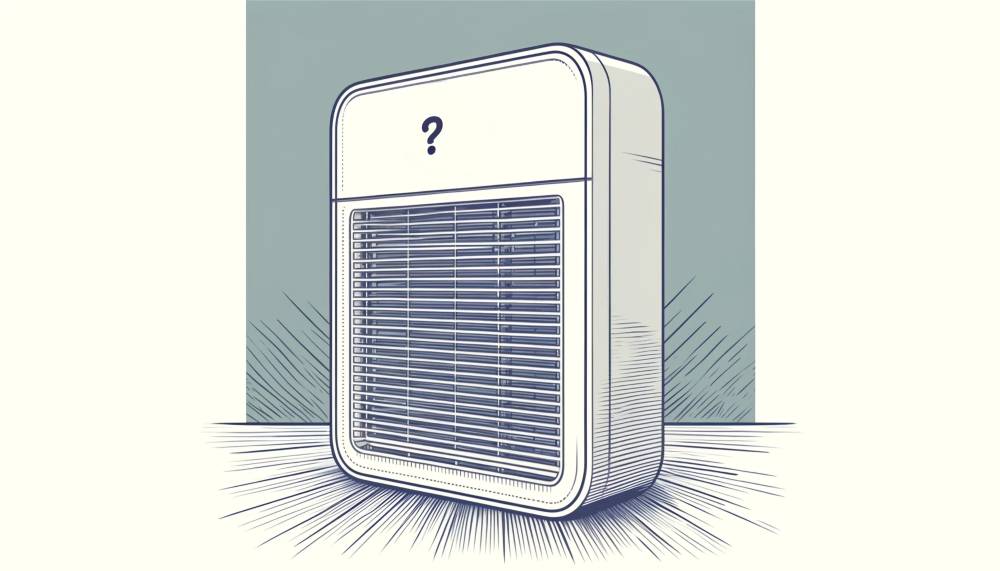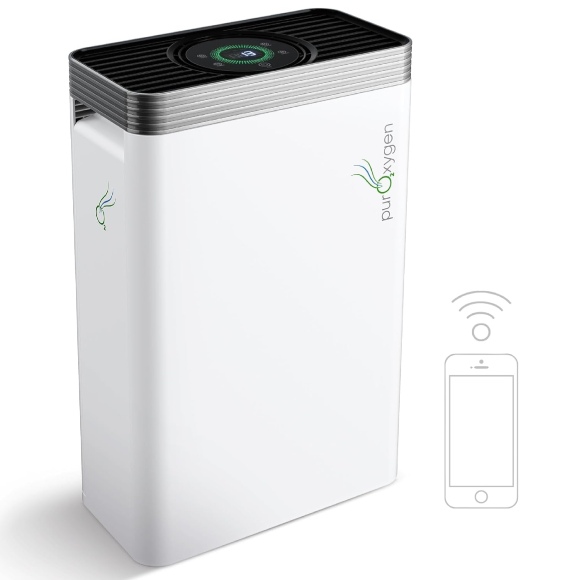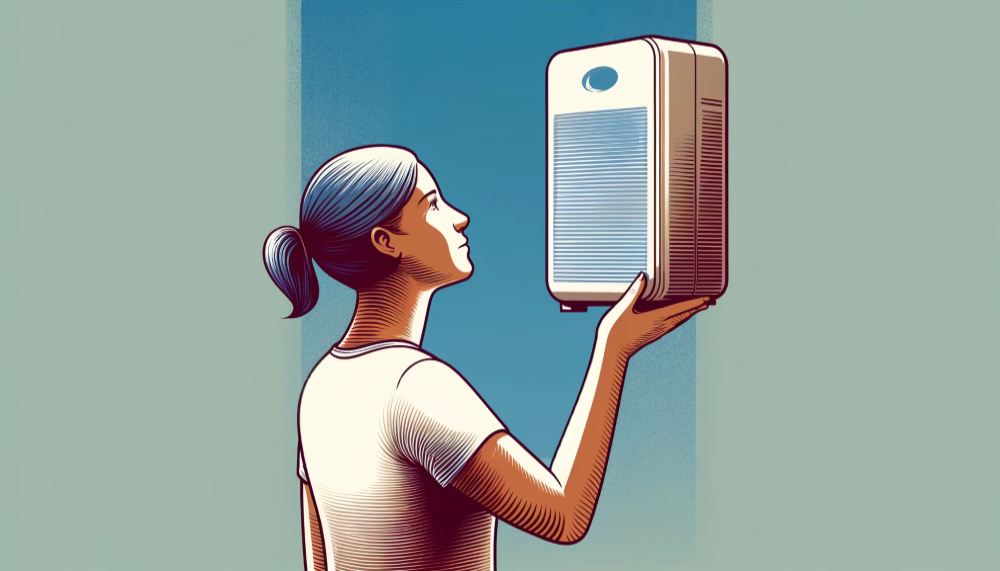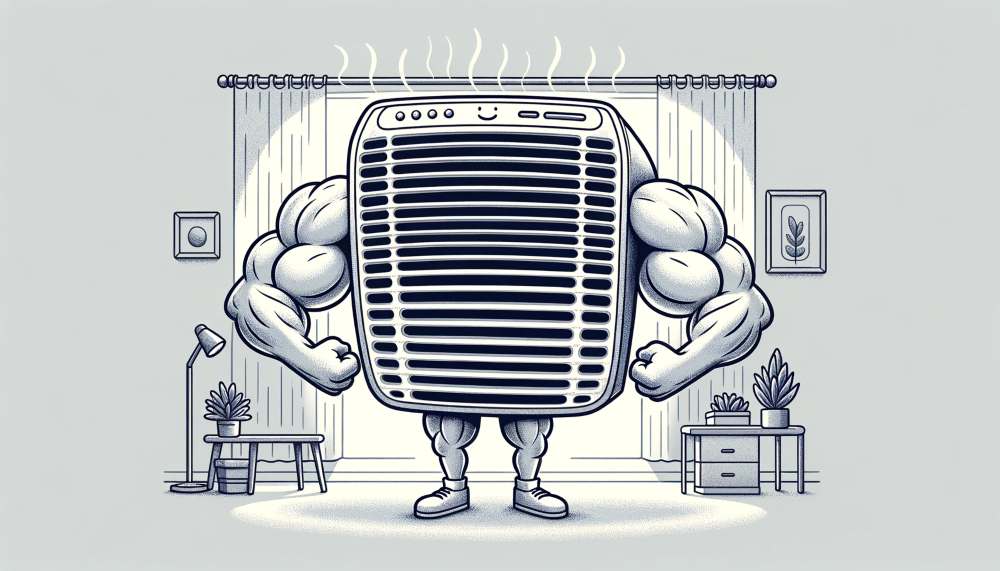When we think about pollution, we often picture smoggy city skylines or congested highways. But the air inside our homes and offices can be just as polluted, if not more so. Common indoor air pollutants include everyday dust, pet hair, pollen, and fumes from cleaning products and paints.
It’s no surprise, then, that many of us turn to air purifiers hoping for cleaner air at home and at work. This article will take a close look at air purifiers to determine if they really do what they claim: remove pollutants and improve our health. By exploring how these devices function and the types of pollutants they target, we’ll help you understand whether an air purifier is worth investing in to maintain your indoor air.
How Does an Air Purifier Work?
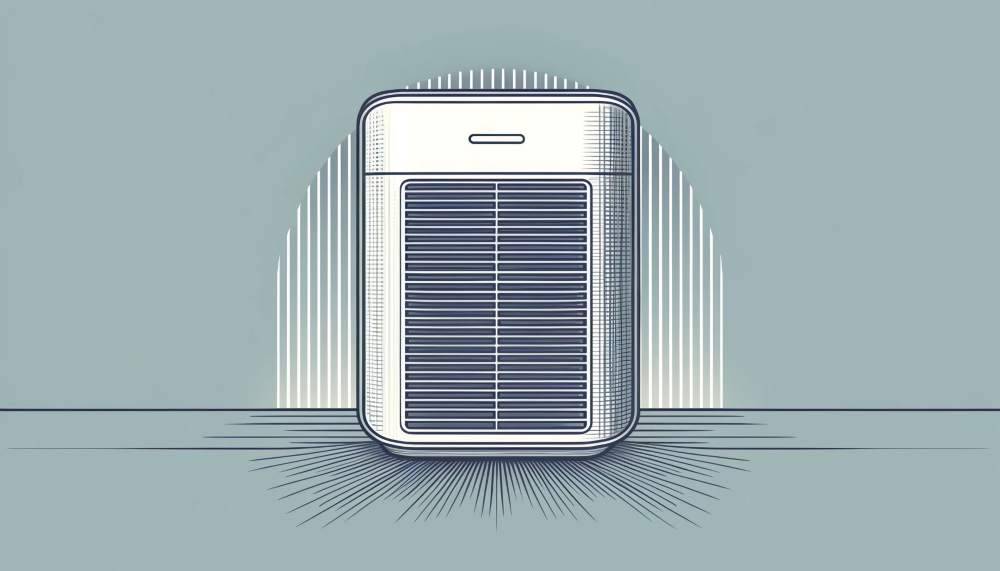
An air purifier is a device designed to cleanse the air in a room or a specific area by removing contaminants such as dust, pollen, pet dander, and smoke particles. These devices are particularly beneficial for people with allergies, asthma, or other respiratory conditions, as they can significantly reduce the presence of airborne irritants.
These purifiers come in various types, each employing a different technology to clean the air. The basic function is a fan that sucks in air so it can be filtered. The best air purifiers use multiple filtering technologies to tackle a broader range of air quality issues. There are a few main types of filters or technologies that help an air purifier do its job.
1. HEPA Filter
How it Works: Air purifiers use a dense, fibrous filter to trap particles. HEPA (High-Efficiency Particulate Air) filters are the gold standard in mechanical filters, capable of capturing 99.97% of particles as small as 0.3 microns.
Target Pollutants: Dust, pollen, mold spores, pet dander, and other particulates.
2. Activated Carbon Filter
How it Works: Activated carbon filters use a bed of activated carbon to adsorb odors and gases. The porous nature of activated carbon provides a large surface area for chemical reactions and adsorption to occur.
Target Pollutants: Volatile organic compounds (VOCs), odors, smoke, and chemical fumes.
3. Ionizer
How it Works: These purifiers emit negatively charged ions into the air that attach to airborne particles, making them heavier and causing them to fall from the air or stick to surfaces like walls or floors, where they can be cleaned up.
Target Pollutants: Dust, pollen, and some microbes. Howeve, e sure to find a ozone as a byproduct.
4. Ultraviolet (UV) Light Purifiers
How it Works: UV light purifiers use ultraviolet light to kill bacteria, viruses, and mold spores as air passes through the UV rays. This method is often used in combination with other filters for maximum effectiveness.
Target Pollutants: Bacteria, viruses, and mold spores.
Many modern air purifiers incorporate several of these technologies to enhance their effectiveness. For example, a unit might have a HEPA filter for particulates, an activated carbon filter for gases and odors, and UV light for microbial contaminants. This multifunctional approach allows the air purifier to tackle a comprehensive range of pollutants, ensuring cleaner and healthier indoor air across various environments.
How Well Do Air Purifiers Work?

You’re thinking about getting an air purifier because you’ve heard they can alleviate the annoying allergens, dust, and even odors out of your living space. But before you spend your hard-earned cash, let’s look at what they really can do.
What Can Air Purifiers Really Filter Out?
- Particulates: This includes dust, pollen, and pet dander. Air purifiers with HEPA filters are champs at capturing these tiny invaders—grabbing at least 99.97% of particles that are 0.3 microns in diameter.
- Chemicals and Odors: If you’re looking to get rid of smells or harmful chemicals like those from cleaning products, you’ll need a purifier with an activated carbon filter. These are good at trapping gases but not perfect—they don’t catch everything.
- Germs: Some air purifiers have UV lights or other features meant to kill bacteria and viruses. However, the effectiveness can vary, and they’re not a standalone solution for preventing illness.
Performance Metrics Explained
- Clean Air Delivery Rate (CADR): This is like the horsepower rating for your air purifier. It measures how fast the purifier can remove specific pollutants (think dust, smoke, and pollen) from the air. The higher the CADR, the faster it cleans.
- Air Changes Per Hour (ACH): This number tells you how many times the purifier can filter the total volume of air in the room each hour. More air changes mean cleaner air more quickly.
Factors That Affect Performance
- Room Size: If your air purifier is too small for your room, it won’t be very effective. Make sure the purifier’s recommended room size matches or exceeds your room.
- Placement: Put it where you can maximize air flow—away from corners and obstructions. The more freely air can pass through it, the better it works.
- Maintenance: Filters need to be changed regularly to keep the unit working effectively. A dirty filter means a less efficient purifier.
The Real Limitations
- Not Perfect: Air purifiers help reduce pollutants but they don’t eliminate them entirely. They’re best used alongside good ventilation and regular cleaning.
- Byproducts: Some ionic air purifiers can produce ozone, which is a lung irritant. If you’re looking at these types, check if they meet safety standards for ozone emissions.
People often have high expectations, but the reality is mixed. Air purifiers can significantly improve air quality, especially for allergy sufferers. However, they’re not a cure-all. User reviews and independent tests can help you find models that live up to their claims.
Proof Air Purifiers Work
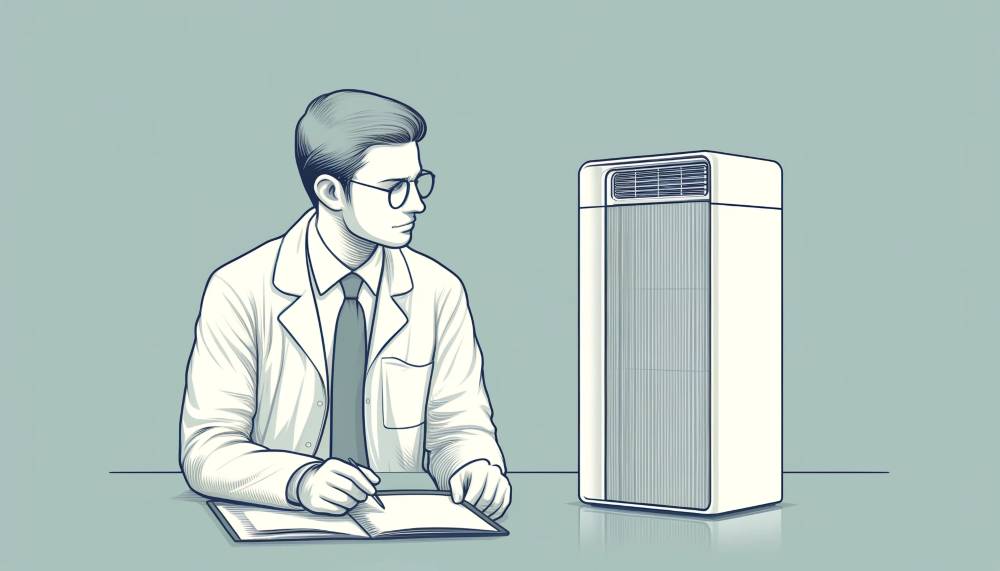
When you’re considering whether to buy an air purifier, it’s not just the specs and sales pitches that matter—it’s the results. So, what does the latest research say about the effectiveness of air purifiers? Here are a few key studies that shed light on how these devices can impact your health and indoor air quality.
Shanghai Air Quality Study
- What Happened: Researchers in Shanghai equipped local homes with air purifiers and measured indoor air quality before and after.
- Findings: The levels of PM2.5—tiny particulate matter small enough to enter deep into the lungs and even the bloodstream—were significantly reduced. This suggests that air purifiers can indeed filter out harmful particles that are known to cause health problems, from respiratory issues to cardiovascular diseases.
Impact on COPD Patients
- Study Setup: Patients suffering from chronic obstructive pulmonary disease (COPD), a group particularly vulnerable to air quality, used air purifiers in their homes.
- Results: There was a noticeable 25% increase in heart rate variability among the participants. Why does this matter? Higher heart rate variability is often associated with better cardiovascular health, indicating less stress on the heart. Over time, those same COPD patients showed a doubling in heart rate variability.
- Takeaway: Consistent use of air purifiers could potentially strengthen heart health more broadly, beyond just those with COPD.
Review of Infection Control Studies
- Scope: This comprehensive review analyzed over 30 studies stretching back to the 1970s.
- Observations: There was a consistent trend towards reduced infection rates for airborne diseases like the flu and norovirus in environments where air purifiers were active.
- Takeaway: This suggests that air purifiers might play a role in mitigating the spread of infectious diseases, though they are not a standalone solution.
These studies underline the main benefits of air purifiers, and they do more than just freshen up the air. They have a tangible impact on reducing pollutants that can lead to serious health issues. For people living in urban areas with high pollution levels or those suffering from respiratory or cardiovascular conditions, an air purifier could be a worthwhile investment for a healthier life indoors.
How to Choose The Best Air Purifier For You
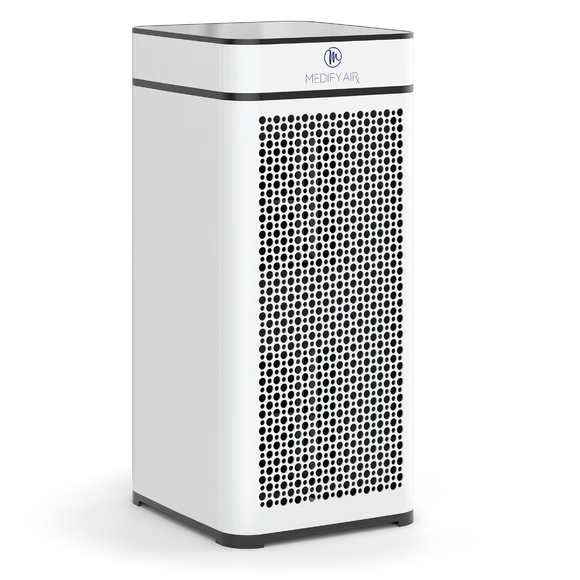
- True HEPA 13 Filter
- Activated Carbon Filter
- Ideal for Large Bedroom or Living Room
- Room Coverage (hr): 1793 sq ft
- Lifetime Warranty

- True HEPA 14 Filter
- Activated Carbon Filter
- Ideal For Large Central Room
- Room Coverage (hr): 2145 sq ft
- Two Year Warranty
Choosing the right air purifier starts with understanding a few critical features that ensure its effectiveness. First, confirm that the purifier has essential functions, and then consider the size of your room to ensure the purifier’s capacity matches your space. Finally, think about additional features that meet your specific needs, such as noise levels for bedroom use or energy efficiency to keep operating costs low.
Let’s explore these key points to help you pick an air purifier that works well and fits seamlessly into your life.
1. Look For Key Features
These two air purifier features are the most critical:
- HEPA Filters: Ensure the purifier includes a genuine HEPA filter.
- Activated Carbon Filters: Choosing one with an activated carbon filter is critical for odors and gasses.
Other Helpful Features
- Ionic Purifiers: Look for models with ionic technology, but verify they do not emit harmful ozone.
- UV Light Purification: Consider UV light purifiers for additional germicidal benefits.
Check out our 11 must have air purifier features article for more guidance on what else to look for.
2. Compare Effectiveness Specs
Compare these specs on different models to find the best one:
- CADR Rating: Higher CADR ratings indicate more efficient air filtration, crucial for larger rooms.
- ACH (Air Changes per Hour): Select a model with a high ACH rate for frequent air exchanges, especially in areas with high allergen or pollutant levels.
- Filter Quality: Some filters have additional layers or higher quality HEPA filters than others.
- Energy Efficiency: Prefer energy-efficient models to keep operating costs low.
3. Consider Additional Features
Some other important features worth looking for are:
- Warranty: Air purifiers can be pricey so it is important to check that a model has at least a 1-2 year warranty. We like Medify Air purifiers because they offer lifetime warranties.
- Air Quality Monitor: Some air purifiers include sensors to detect pollutant levels, adjusting their operation automatically for optimal air quality and energy efficiency.
- Smart Features: Look for air purifiers with connectivity options like smartphone control and home automation compatibility if that is important to you.
- Room Size Compatibility: Match the purifier’s capacity with your room size to ensure effective air cleaning.
- Maintenance Costs: Consider the frequency and cost of filter replacements and general maintenance.
- Noise Level: If noise is a concern, especially in bedrooms or quiet spaces, check the decibel noise specifications.
Check our 11 Must Air Purifier Features guide to get a full rundown on what some purifiers have to offer.
Final Thoughts
While air purifiers can significantly improve indoor air quality, they won’t fix every air issuel. They are most effective in reducing particulate pollutants like dust, pollen, and pet dander, providing relief for allergy and asthma sufferers. However, their effectiveness can vary with factors like placement, maintenance, and the types of pollutants. Research supports their benefits, showing notable improvements in reducing airborne diseases and enhancing heart health in some cases.
When choosing an air purifier, it’s essential to consider the specific needs of your space, the purifier’s capabilities, and additional features that enhance functionality and ease of use. Remember, an air purifier is best used as one part of a bigger plan for maintaining a healthy indoor environment that includes regular cleaning and good ventilation.
